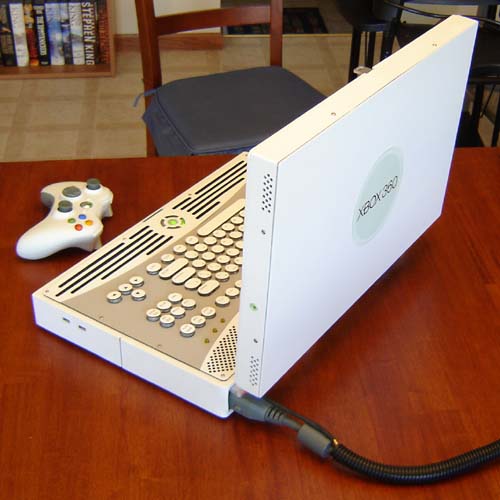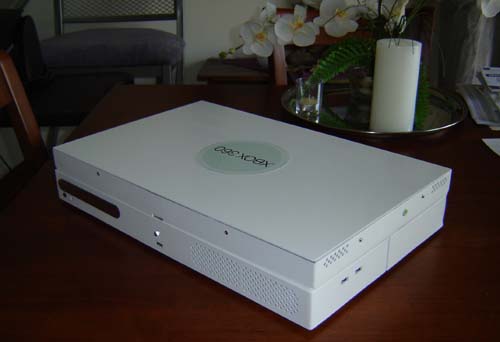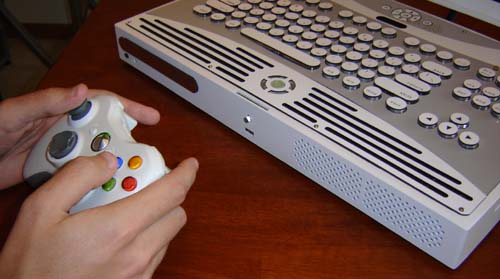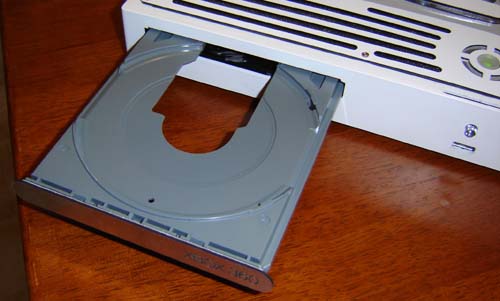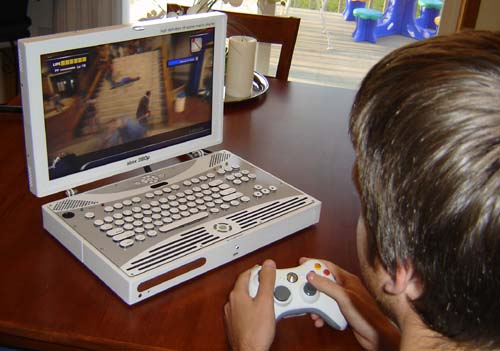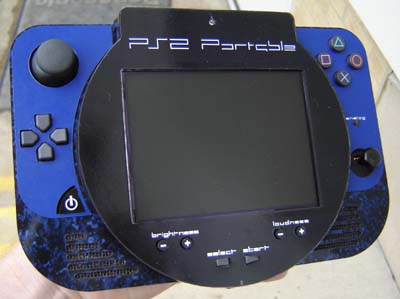Automobili-Lamborghini S.p.A., commonly referred to as simply
Lamborghini, is a subsidiary of German car manufacturer
Audi AG [1], which is in turn a subsidiary of
Volkswagen. It is a manufacturer of high performance
sports cars based in the small
Italian village of
Sant'Agata Bolognese, near
Bologna. The company was founded in
1963 by businessman
Ferruccio Lamborghini (
April 28,
1916–
February 20,
1993), who owned a successful
tractor factory,
Lamborghini Trattori S.p.A..
Around the 1960s, tractor manufacturer Ferruccio Lamborghini began to gain interest in developing a high-performance car. He had owned Oscas, Maseratis, and Ferraris, but was never completely happy with his car. Although there are several versions of what finally drove Ferrucio to bring his car company into existence, they all involve a conflict between Enzo Ferrari (the founder of Ferrari) and Ferruccio, driving Lamborghini to set up his own company to compete against Ferrari's. The most common version, as told by Ferruccio Lamborghini's son [2], is that Ferruccio Lamborghini went to meet Enzo Ferrari at the Ferrari factory to complain about the quality of the clutch in the Ferrari 250 GT he owned. Enzo Ferrari sent him away telling him to go and drive tractors because he was not able to drive cars. Lamborghini went back to his factory, had his Ferrari's clutch dismantled and realized that the clutch manufacturer was the same who supplied the clutches for his tractors. In his warehouse he found a spare part which he thought suitable, and when it was installed the problem was solved.
Ferrucio decided that his car was to have a V12 engine, and enlisted the services of talented engineer Giotto Bizzarrini, who had previously worked on a Ferrari V12. The new engine had 4 cams, a short stroke and 2 big bore valves per cylinder, and developed a surprising 350 horsepower. The engine featured aluminium construction, with a crankshaft supported by seven main bearings, forged aluminium pistons, and camshafts with their own half-engine-speed sprocket and silent chain. The car the engine was mounted in was designed by Franco Scaglione's Scaglione-Touring.
This Lamborghini 350GTV prototype began making public appearances in 1963, starting with the Turin Auto Show. Sales of the production model, known as the 350GT, began the following year with great success, with over 130 examples sold. Born under the sign of the taurus, Ferrucio Lamborghini used the bull as the badge by which to mark his new automobile.
The 350GT was followed up by the 400GT. The excellent sales of the 400GT and its predecessor gave the company sufficient funds to design its first supercar - the now-legendary Lamborghini Miura, which was premiered by Ferruccio himself in November 1965 at the Turin Auto Show. The car's engine was transversely mounted. The styling was executed by Marcello Gandini in less than a year; a completed car was displayed at the Geneva Auto Show in March of 1966 (the Turin car was only a chassis). The car's name was taken from that of a famed fighting-bull trainer, Don Eduardo Miura. The Miura was an absolute success for Lamborghini, 111 were sold in 1967, and propelled the company into the world of hundred-million-dollar supercar manufacturers.
In 1971, Lamborghini shocked the world once more with the revolutionary LP500 Countach prototype, named after an Italian slang term uttered in surprise by a person who had just seen the new car. The production LP400 Countach was introduced three years later. To this day it maintains it status as an absolute show-stopper. The prototype was the first car to sport Lamborghini's now-traditional scissor doors, along with vertically mounted rear air intakes and a powerful 4-litre engine.
In 1972, however, the company suffered a major setback. A massive tractor order for a South American nation was cancelled, rendering upgrades Lamborghini had already made to its factories in anticipation of the demand useless. The money lost drove Ferruccio to sell part of his share in the tractor factory, which was taken over by Fiat. The tractor business was eventually acquired by SAME (now Same Deutz-Fahr). Lamborghini tractors are still sold today, as part of the SAME Deutz-Fahr Group.
Throughout the seventies, sales of the Countach kept the company in business. Soon enough, the car division became self-sufficient and profitable. Lamborghini, however, sold all his remaining stock in the company to a Swiss investor. Ferruccio Lamborghini died in February 1993 at the age of 76.
The 1970s oil crisis plagued sales of high performance cars, and Lamborghini suffered budget and parts supply problems; cars were sold with two-year back orders, and customers became fed up with waiting for their cars. In 1978, the company declared bankruptcy. An Italian court was appointed to find a buyer, and the Swiss-based Mimran brothers took over the company. The 1980s saw things turn around for Lamborghini under its new ownership.
In a surprise move, the company was then sold to the Chrysler Corporation. Lamborghini at the time was working on the Countach's successor, the Diablo. Chrysler brought its vast resources to the playing field, along with design input, pollution controls, and new manufacturing techniques. The end result was another success for the company. The Lamborghini Diablo received fame much like that of its predecessor, and once again put the manufacturer on top of its game.
In 1994, Chrysler was forced to sell Lamborghini to an Indonesian investment group headed by Tommy Suharto. The sale was due to poor economic circumstances for Chrysler, much like those which would later force the Indonesians to sell the company once again in the late 1990s. By then however, the German car company Audi AG had gained interest in the ailing Italian company, and in 1998, in a complex series of transactions, became the sole owner of Automobili Lamborghini.
Lamborghini's latest owner once again greatly influenced the design of its latest supercar, today's Murcielago. Audi's vast technical resources helped produce one of Lamborghini's most sophisticated two-seaters to date.
Lamborghini's cars are among the most powerful, expensive and exclusive serial-manufactured cars on the road today. Lamborghini's various models have different exclusive features, such as carbon fiber construction, high-tech V10 engines, and styling penciled by such names as Franco Scaglione, Touring of Milan, Zagato, Mario Marazzi, Bertone, ItalDesign and Marcello Gandini.




